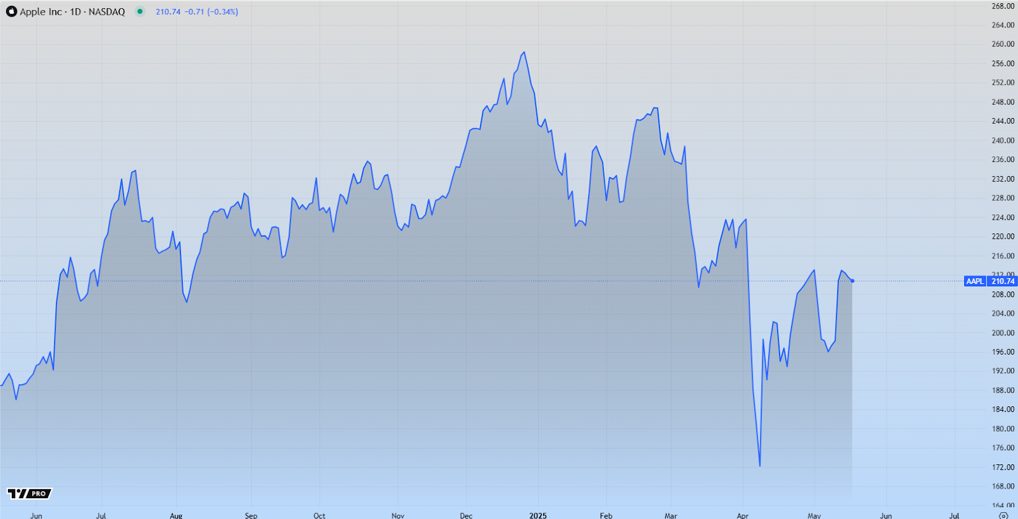It is really hard to take every bag and seal it manually. The task is time-consuming and might have changed for mistakes. Now, industries have the liberty to protect bulk items with easy using and innovative bag sealers, which are designed to close the bags automatically. Sometimes, you might need a bag heat sealer with tamper evidence or a bag folder with the advantage to reclose bag. There are some reputed manufacturing units, able to help create such Industrial Vacuum Sealer or automatic bag sealer for bigger and smaller belts.
Some of the manufacturing houses are offering an XL bag folder or sealer for automatic folding or sealing of bags inserted in pallet containers, tobacco boxes or octabins. The weights of these boxes are likely to vary a lot from 5 to30 kgs. Moreover, you have the liberty to choose the type of container and find out about the bag sealer too.

Benefits and technical specifications included:
Each model of automatic bag sealer is known to have some noteworthy benefits included in it, along with technical specifications. However, some of the basic characteristics remain the same. The reputed bag sealers will guarantee perfect bag overlap folding. It helps in avoiding contact between the carton and the products. The items are also reclose-able. Thanks to some bag sealers, you can maximize productivity by 15c/min and with quick format changes.
How these machines help in upgrading manufacturing:
Sealing and bag filling machines are designed with a rotary layout or inline. These automatic bag sealer machines will grip preformed pouch, fill it up with items and then seal it. The speed will vary, but on average, it is around 200 bags per minute. This procedure involves moving bags in intermittent based rotary fashion to various stations, as positioned in a circular layout. Each station is divided to perform a separate task. In total, there are around 6 to 10 stations with 8 being most popular.
Zipper of the bag opening and detection:
In case, the bag comprises of zipper enclosure, vacuum suction pads will then open the lower part of the preformed pouch and opening haws will catch the top side of the bag. The opening jaws are then used to separate outward to open top of the bag and the premade pouch is inflated with by air blower. If the bag fails to have a zipper, vacuum suction pads will still open the bottom portion of the pouch but only after engaging the air blower.
- There are two different sensors located at the bottom of the bag to detect the presence.
- In case, the bag is not detected, filling and sealing stations might not engage.
- On the other hand, if the bag is present but not in a proper platform, it will be filled and then sealed in place of staying on the rotary apparatus.
Deflation and pouch sealing:
The remaining air from the bags is squeezed out of the bag by two deflator components before sealing it out. A hot seal bar is used to close the upper portion of the pouch. By using pressure and heat together, sealant layers of the available premade bags or ouches are bonded to make a stronger seam. After that, a cooling bar passes over the seal for flattening it up and strengthening the bond already created. Later, the finished bag is discharged into a receptacle or conveyor. From there, it will be transported to down line equipment like x-ray machines, check weights, carton packing equipment or case packing.
The entire procedure won’t take much time and experts are appointed at every head to check the proper functioning of the machines. So, these sealers will definitely help in upgrading the manufacturing system to a whole new level.





